Top 7 Benefits of Using an Off-Grid Solar Inverter for Sustainable Power
With the rising demand for renewable energy and increasing concerns about energy security, off-grid solar systems are gaining immense popularity. At the heart of these systems lies the off-grid solar inverter, a device that plays a crucial role in converting solar energy into usable electricity without relying on the main grid.
An off-grid solar inverter converts the DC (direct current) power generated by solar panels into AC (alternating current) electricity, which can be used to run home appliances, tools, and devices. Unlike on-grid or hybrid systems, off-grid systems operate independently and require a reliable battery bank for energy storage. This blog explores the key benefits of off-grid solar inverters, their ideal use cases, and what to consider before choosing one. Whether you’re living in a remote area or simply looking for energy autonomy, this blog will help you understand why using an off-grid solar system could be the best decision for your energy needs.
What is an Off-Grid Solar Inverter?
An off-grid solar inverter is a device used in standalone solar power systems that are not connected to the national electricity grid. It manages the flow of electricity between solar panels, batteries, and appliances.
How it Differs from On-Grid and Hybrid Inverters
- On-Grid Inverter: Works only when connected to the grid. It shuts down during power outages.
- Hybrid Inverter: Combines features of both on-grid and off-grid, allowing limited backup.
Off-Grid Inverter: Operates independently with battery storage, making it ideal for areas with unreliable or no grid connection.
Key Benefits of Using an Off-Grid Solar Inverter
1. Energy Independence
One of the most significant benefits of off-grid solar inverters is achieving total energy independence. You no longer need to rely on utility companies or worry about electricity bills. This is especially valuable in areas with rising energy costs or frequent power cuts.
- Create and store your own electricity
- Gain complete control over energy usage
- Say goodbye to fluctuating grid prices
2. Reliable Power in Remote Areas
If you live in a rural location, a mountain cabin, or an island community, an off-grid solar inverter offers a dependable power source where traditional grid electricity may not be available. It enables self-sufficiency and helps avoid costly infrastructure expansion.
- Perfect solar inverter for remote areas
- No need to wait for grid extension
- Suitable for farms, campsites, and isolated villages
3. No Dependency on the Electricity Grid
Grid failures, load shedding, and voltage fluctuations are common issues in many parts of the world. With an off-grid system, your home or business continues to function smoothly without being affected by external grid problems.
- Avoid blackouts and downtime
- Excellent for disaster-prone zones
- Greater reliability during extreme weather
4. Backup Power During Outages
Whether due to natural disasters or scheduled maintenance, power outages can disrupt daily life. Off-grid inverters provide seamless backup power, ensuring your essentials—like lights, fridge, AND internet- stay powered.
- Automatic switchover to stored solar energy
- Ideal for medical equipment or security systems
- Peace of mind during emergencies
5. Cost Savings Over Time
Though the initial investment may be higher, off-grid solar power benefits include long-term cost savings. Avoid monthly electricity bills and reduce diesel generator costs.
- No recurring power bills
- Lower maintenance costs compared to diesel gensets
- Attractive return on investment over 5–7 years
6. Environmental Friendly Energy Solution
Reducing carbon emissions is a major reason to go solar. Off-grid systems run entirely on clean energy, minimizing your environmental footprint and helping combat climate change.
- Zero emissions and noise pollution
- Promote sustainable living
- Support green energy initiatives
7. Customizable Systems Based on Needs
Off-grid solar inverters can be tailored to meet specific energy requirements, making them highly flexible. From small homes to large agricultural setups, systems can be designed with varying panel sizes, battery capacities, and inverter ratings.
- Scalable systems for growing energy needs
- A wide range of the best solar inverters for off-grid use
- Integrate with energy-efficient appliances
Who Should Use an Off-Grid Solar Inverter?
An off-grid inverter is ideal for:
- Rural and remote households where grid access is limited or unreliable.
- Farms and agricultural setups for powering water pumps, lighting, and equipment.
- Off-grid cabins or vacation homes for weekend getaways or eco-lodges.
- Commercial businesses in remote areas, such as telecom towers, warehouses, or remote offices.
- Disaster-prone areas where grid restoration after storms or earthquakes takes time.
If any of the above apply to you, it’s time to explore the benefits of off-grid solar inverters and consider transitioning to a self-reliant power solution.
Things to Consider Before Choosing an Off-Grid System
Before installing an off-grid solar system, keep the following in mind:
Battery Storage Capacity
Your batteries must store enough energy to last through cloudy days and nights. Choose lithium-ion or deep-cycle batteries for long-lasting performance.
- Consider options allowing energy expansion in the future
- Ensure proper battery maintenance
Solar Panel Compatibility
Ensure the inverter is compatible with your chosen solar panels and can handle the total wattage of your solar system.
- Match the panel output with the inverter input
- Use quality solar panels for the best performance
Power Requirements
Assess your household’s energy needs in terms of daily kWh usage to select an appropriately sized inverter.
- Calculate appliance wattage
- Include a margin for peak loads
Maintenance and Monitoring
Regular maintenance ensures longevity and efficiency. Look for systems that offer remote monitoring for easy troubleshooting.
- Clean panels and check battery health
- Use smart monitoring apps
Conclusion
As the world moves towards sustainable living, off-grid solar inverters are becoming a smart, long-term investment. They provide energy independence, reliable power in remote areas, and a clean alternative to fossil fuels. With customizable setups and a decreasing cost curve, more homeowners and businesses are realizing the benefits of off-grid solar power for both their wallets and the planet. Looking to go off-grid? Explore our top-rated off-grid solar inverters today and take control of your energy future.

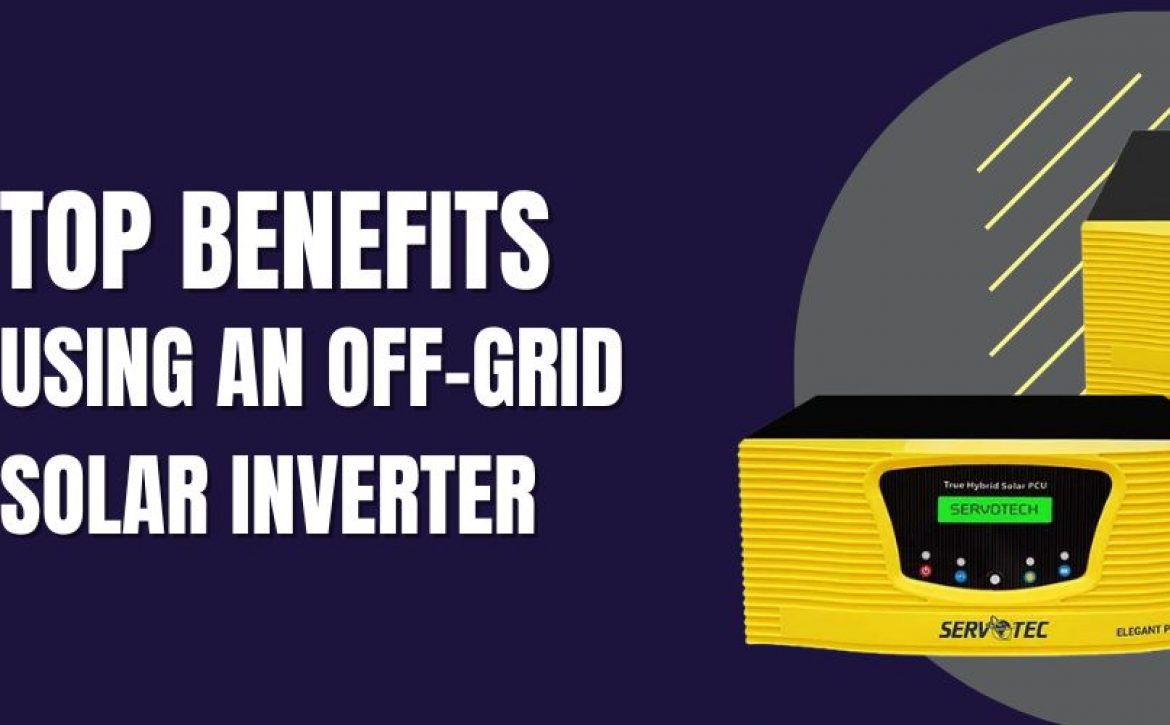
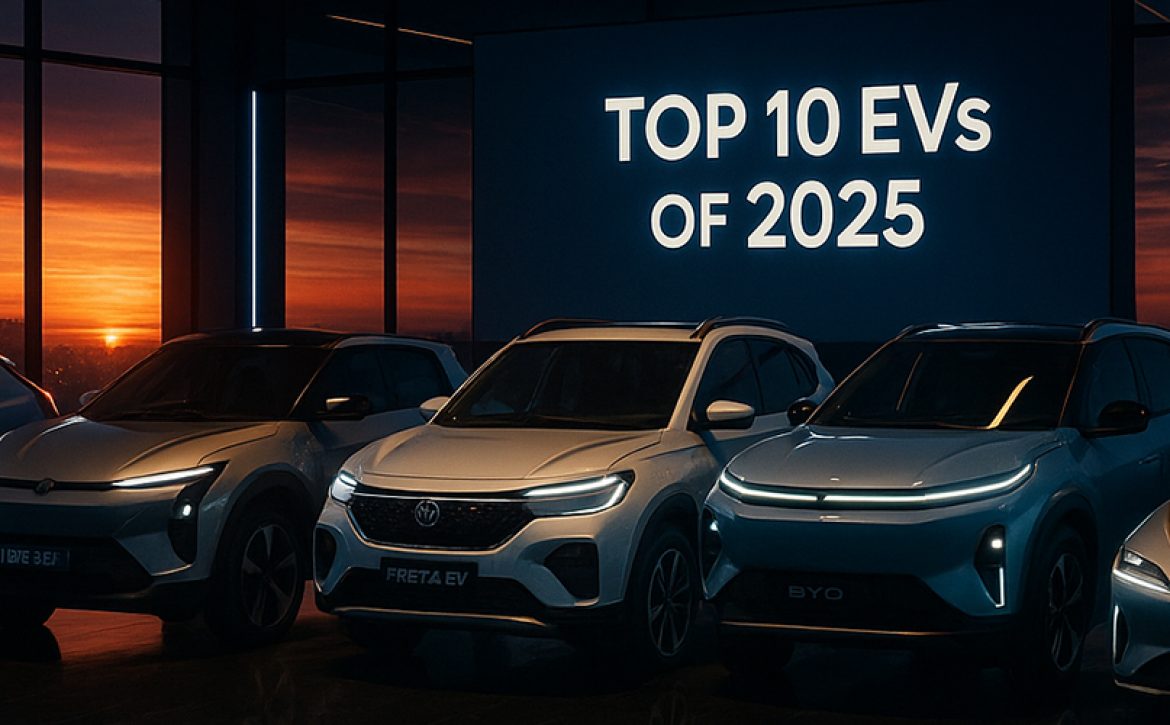
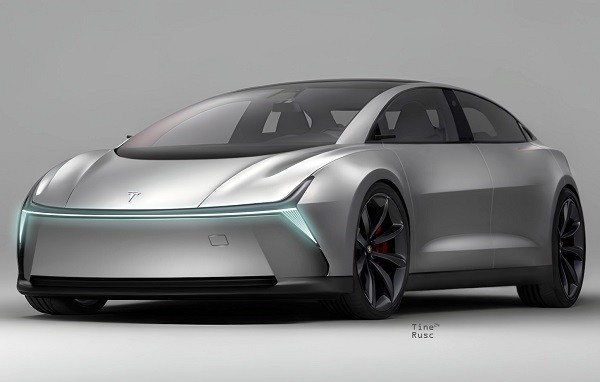
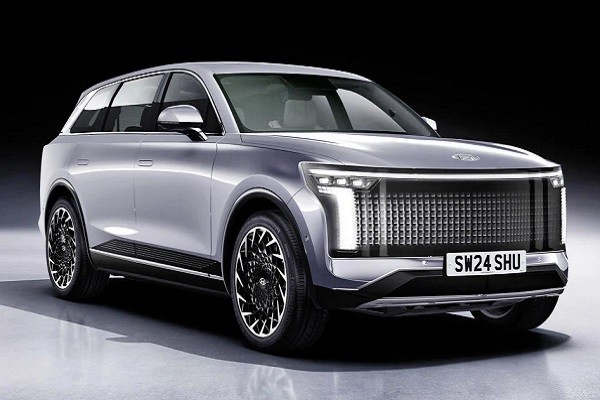

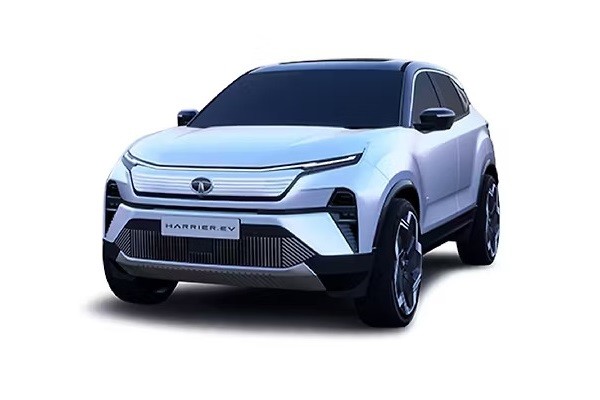


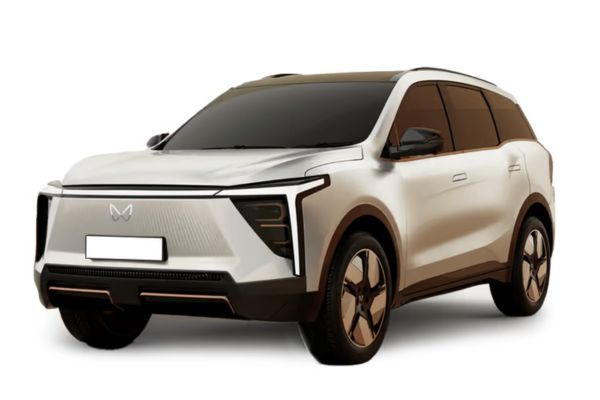

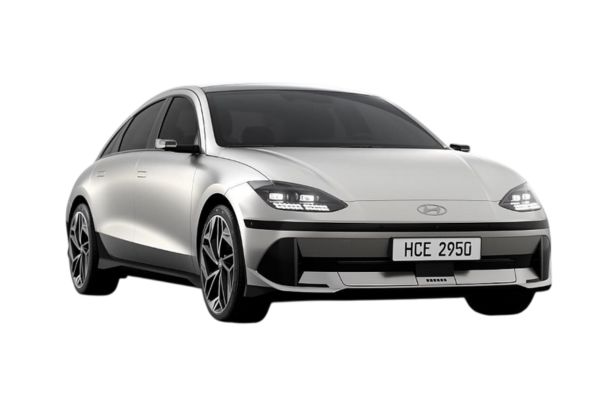
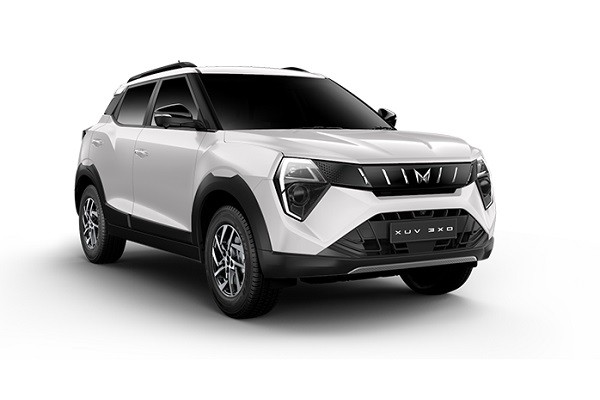
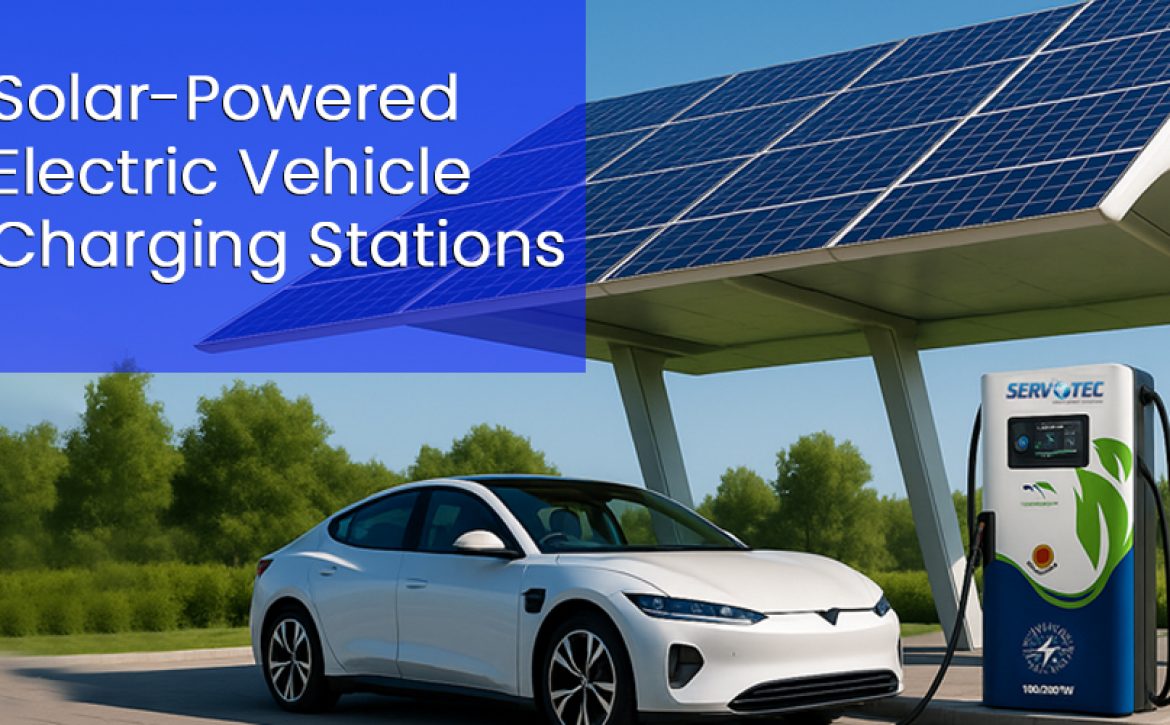



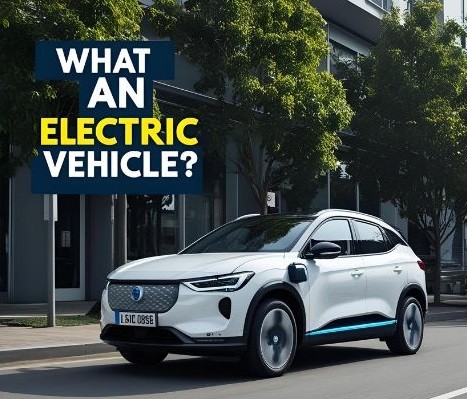









 Get Quote
Get Quote

